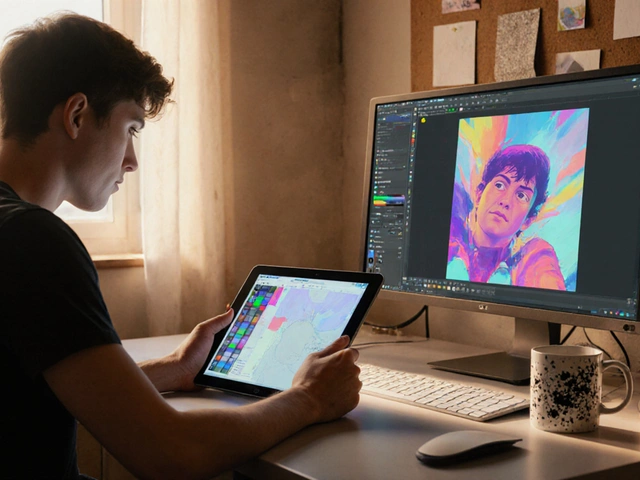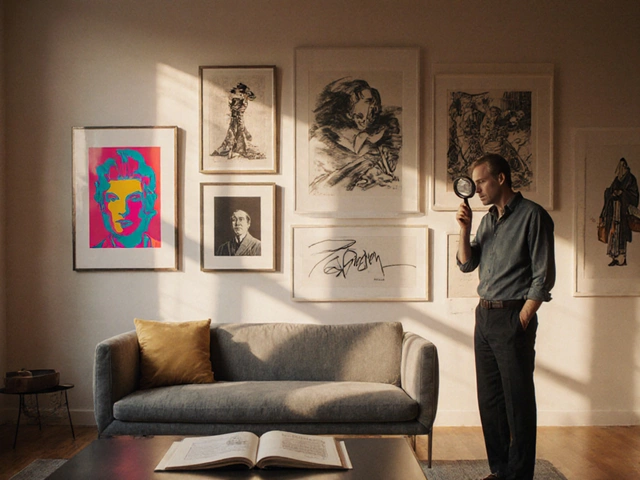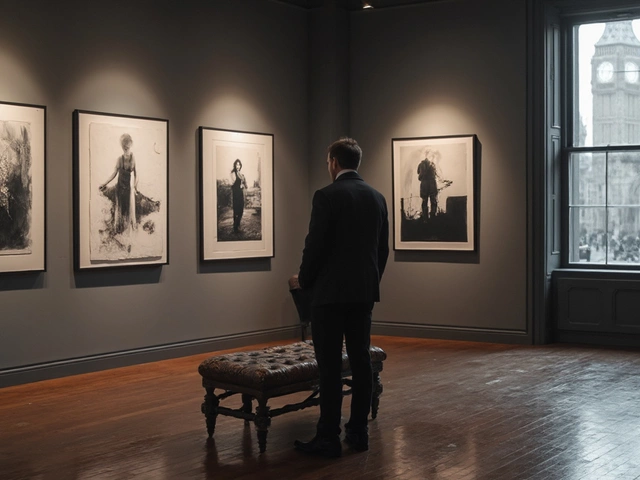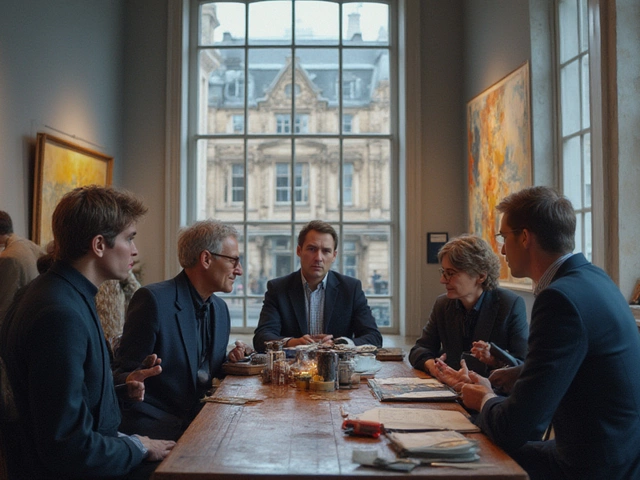Realistic Paintings: A Guide to Lifelike Art
When working with realistic paintings, artworks that strive to reproduce subjects with photographic fidelity. Also known as photorealism, they demand a blend of observation, patience, and skill. Realistic paintings often intersect with hyperrealism, a style that pushes detail beyond what the eye normally sees, creating an almost surreal clarity. Another close neighbor is realistic portrait painting, where artists capture the unique character of a person using subtle brushwork and tone. The foundation for many of these works lies in oil painting techniques, prized for their blendability and depth. Even landscape painting can become a stage for realism when artists render light, texture, and atmosphere with exacting precision.
How Realism Shapes Different Genres
Realistic paintings aren’t a single monolith; they branch into several sub‑categories, each with its own demands. In hyperrealism, the artist’s goal is to amplify minute details—skin pores, water droplets, the grain of a wooden table—so that the viewer questions whether the piece is a photograph or a canvas. This hyper‑detail often requires the artist to use fine brushes, glazing layers, and a disciplined approach to color mixing, making oil painting the preferred medium. By contrast, realistic portrait painting centers on the subject’s personality. Artists study facial anatomy, light direction, and the way emotions affect skin tones. A successful portrait feels intimate, inviting the viewer to connect with the person depicted. Landscape realism, on the other hand, focuses on recreating natural scenes with accuracy—whether it’s the mist over a Welsh coastline or the rugged cliffs of Pembrokeshire. Here, understanding atmospheric perspective, weather effects, and the play of shadow becomes essential. All three paths share a common thread: they require strong fundamentals, like drawing from life and a mastery of value scales, which act as the backbone for any convincing realistic work.
Beyond technique, realistic paintings also reflect the tools and environment artists choose. Digital platforms now enable painters to experiment with realism in a virtual space, using tablets to mimic oil brushstrokes before committing to canvas. Yet many still favor traditional oils for the tactile feedback and richness they provide. The choice of surface—canvas, linen, or panel—affects texture and how light interacts with paint, influencing the final realism level. Artists also lean on photography as a reference, especially when tackling complex lighting or intricate textures. However, relying solely on a photo can trap the work in flatness; the skilled painter interprets the image, adding depth through brushwork and color nuance. Whether an artist works in a studio overlooking the sea or a bustling city studio, the surrounding light and scenery often seep into their realistic approach, shaping the mood of each piece.
Below you’ll find a curated collection of articles that dive deeper into each of these aspects—how hyperrealism pushes limits, the secrets of lifelike portraiture, oil painting fundamentals, and the art of rendering realistic landscapes. Explore the guides to sharpen your own realistic painting practice or simply appreciate the craft behind the stunning works displayed across Pembrokeshire’s galleries.
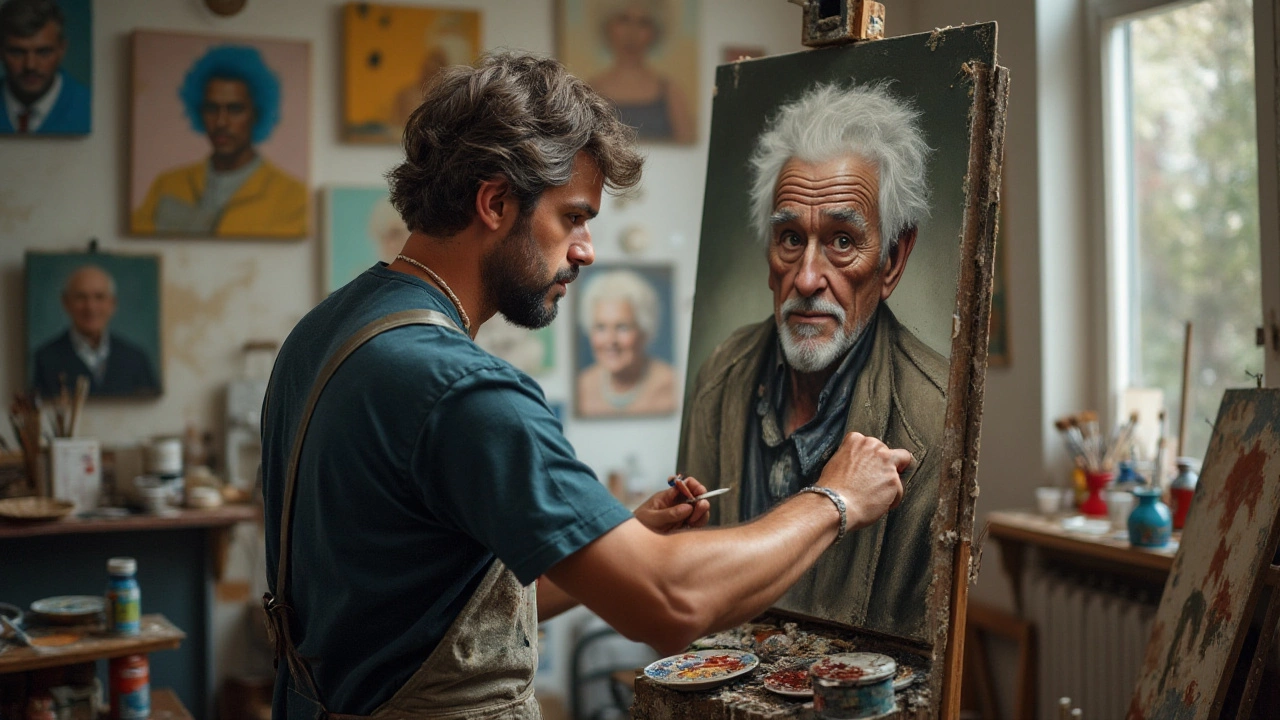
Exploring the factors influencing the cost of realistic portrait paintings, this article delves into artist expertise, material choices, and customizations. It helps readers understand the various price ranges and what to expect when commissioning a portrait. By breaking down the process and pricing elements, potential buyers can make informed decisions. Whether considering a gift or decorating a space, commissioning a portrait is both an investment in art and a personal journey.
